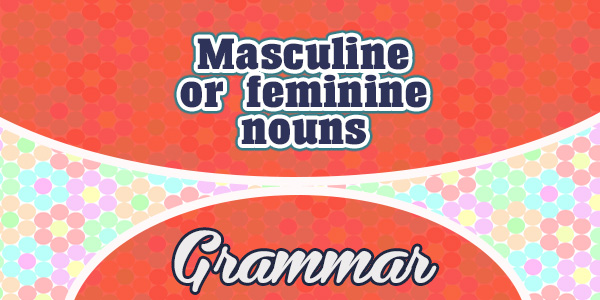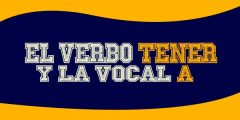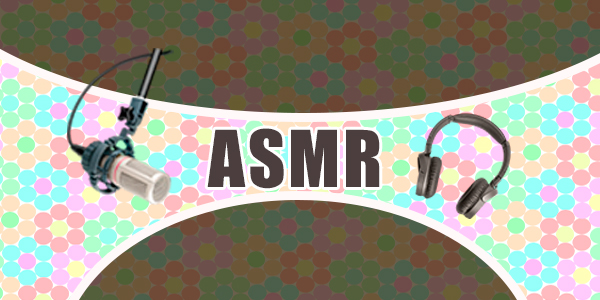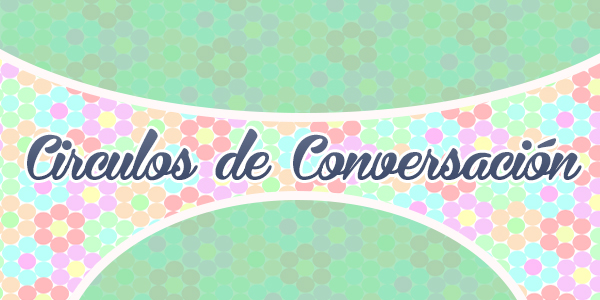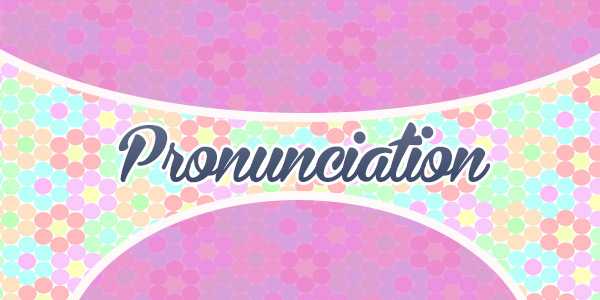Masculine or feminine nouns
In Spanish there are Masculine or feminine nouns. One of the hardest things for people to get used to when learning Spanish is the idea that nouns (people, places, animals, things, ideas, and feelings) have a gender (male, female). There is always a question of “How can a table be feminine? and “How can a book be masculine?” This doesn’t mean that the table or the book is physically feminine or masculine, but in a grammatical sense, the ending is.
A noun is a word that represents a person (Maya), place (banco), or thing (silla), whether concrete (perro) or abstract (felicidad). In Spanish, all nouns have a gender – they are either masculine or feminine, and have a number – they are either singular or plural.
Why is gender so important in Spanish? Well, if a noun is masculine, then its descriptive adjectives and articles will also need to be masculine. In order to describe something accurately, an adjective must match a noun in both gender and number. For example:
- La manzana es roja. (The apple is red.)
- El plátano es amarillo. (The banana is yellow.)
Masculine & Feminine nouns endings
There are some rules to help you determine the gender of a noun. But remember there are exceptions to the rules, and whenever possible it will be safer verifying the gender of a noun in a book or dictionary.
| Masculine nouns endings | Feminine nouns endings |
|
|
And, there are always exceptions…
These nouns may look like they have a masculine ending, but they are actually feminine. No rules here, just memorization. They Look Masculine, But are Feminine!
-o (la foto, la mano, la moto)
-e (la llave, la calle)
accented vowel (la fe)
consonants that aren’t -d nor -z (la miel, la sal)
These nouns look like they have feminine endings, but are grammatically masculine. Memorize these!
-a (el drama, el enigma)
-d (el huésped, el ataúd)
-z (el aprendiz, el cáliz)
-ión (el ansión, el roción)
More Spanish grammar? Practice here:
Explore More Spanish Grammar Levels: Click on the level of your interest:
Spanish Resources for Level 1:
Do you want to practice another Resource?
Click on the image of your interest:
